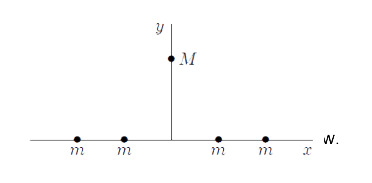A
B
C
D
Text Solution
Verified by Experts
The correct Answer is:
|
Topper's Solved these Questions
APPLICATION OF INTEGRALS
AAKASH INSTITUTE ENGLISH|Exercise Assignment Section - D Linked Comprehension Type Questions|3 VideosView PlaylistAPPLICATION OF INTEGRALS
AAKASH INSTITUTE ENGLISH|Exercise Assignment Section - E Assertion-Reason Type Questions|2 VideosView PlaylistAPPLICATION OF INTEGRALS
AAKASH INSTITUTE ENGLISH|Exercise Assignment Section - B Objective Type Questions (One option is correct)|14 VideosView PlaylistAPPLICATION OF DERIVATIVES
AAKASH INSTITUTE ENGLISH|Exercise Assignment SECTION-J (Aakash Challengers Questions )|8 VideosView PlaylistBINOMIAL THEOREM
AAKASH INSTITUTE ENGLISH|Exercise Assignment (section-J) Objective type question (Aakash Challengers Questions)|4 VideosView Playlist
Similar Questions
Explore conceptually related problems
Knowledge Check
Similar Questions
Explore conceptually related problems
